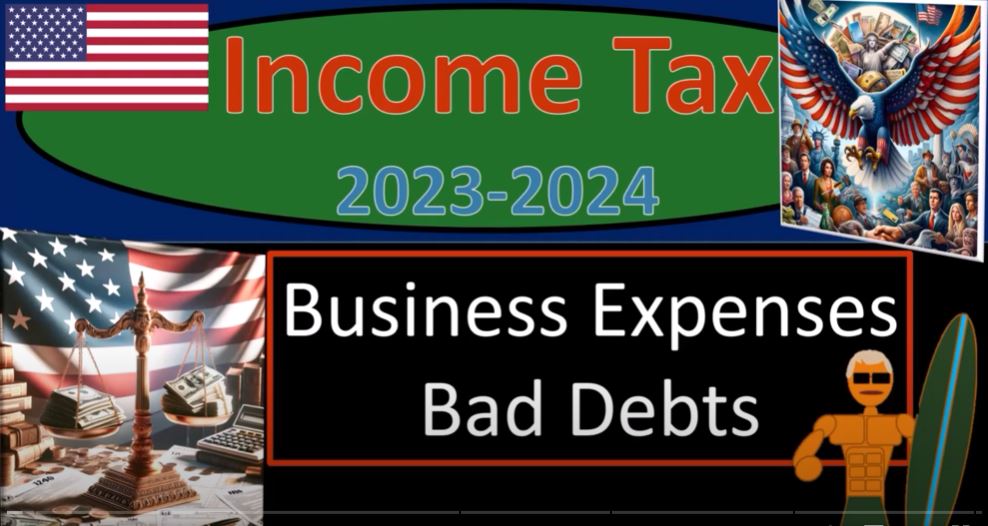In the intricate maze of income tax preparation, business expenses often stand as towering corn stalks, waving in the financial breeze. Among these expenses lies a peculiar patch: bad debts. It’s like entering a dark corner of the field, where unpaid invoices and delinquent accounts lurk like hungry ravens eyeing your lunch. But fear not, fellow tax preparer, for with a little guidance, you can navigate this labyrinth with ease.
Before we delve deeper into the thicket of bad debts, let’s brew a pot of coffee and settle in. After all, to conquer the complexities of tax law, one must be as sharp as a scarecrow standing tall in their field of expertise.
To begin our journey, let’s consult the trusted tome of tax knowledge: Publication 334, the Tax Guide for Small Business, available on the IRS website. Here lies the blueprint for deciphering the income tax formula, akin to a humorous income statement where expenses dance with income to reveal the elusive taxable income.
At the heart of this formula lies the Schedule C, a document resembling an income statement for sole proprietorships. Here, business income meets its match in the form of various deductions, sculpting the net business income that feeds into the tax formula.
Ah, but what of bad debts, you ask? Picture this: a customer owes you money, yet the coin never finds its way into your pocket. This, my friend, is the essence of a bad debt. Whether it’s an unpaid invoice from a bookkeeping service or a loan to a supplier, a bad debt spells trouble for your bottom line.
But fear not, for the tax code offers solace in the form of deductions for business bad debts. If a debt becomes wholly or partly worthless, it can be expunged from your financial ledger, easing the burden on your tax return.
Now, let’s untangle the web of business versus non-business bad debts. A business bad debt arises from activities closely tied to your trade or enterprise, like credit sales to customers or loans to suppliers. These debts can be deducted as business expenses, provided they were previously included in your gross income.
On the other hand, non-business bad debts wander into personal territory, akin to loaning a few coins to a wayward relative who never repays. While these debts may elicit sympathy, their tax treatment differs, often manifesting as short-term capital losses on your personal tax forms.
As we sip our coffee and ponder the nuances of accrual versus cash methods, let’s not forget the specter of estimation. While some businesses employ an allowance method to anticipate bad debts, the IRS watches closely, wary of inflated deductions.
In the end, mastering the art of bad debt management requires a keen eye, a steady hand, and a thorough understanding of the tax code. So, my fellow scarecrows of the financial fields, fear not the ravens of the IRS, for armed with knowledge, we shall stand tall and weather the storms of tax season.
And with that, let’s raise our mugs to another day in the trenches of income tax preparation, where every deduction counts and every bad debt is but a stepping stone on the path to financial clarity. Cheers to you, intrepid tax preparer, and may your fields be forever fruitful, free from the hungry beaks of taxation.

